Well, I have some time now so I figured that I will make a little guide on how to set up a basic IFAK.
For people who don't know me, I'm an tactical medicine instructor and active duty Corpsman. I instruct everything from medical school to TCCC, and I have around a decade of experience in the prehospital environment - from working as an intercept paramedic to a civilian TEMS operator, and now as military.
For starters, we will be delving into IFAK’s. Not boo boo kits, not medical bags or packs – IFAK’s. By definition and military doctrine, an IFAK is an Individual First Aid Kit, or an emergency aid kit for use by the individual carrying it. There are other types of kits, such as CLS or med bags that are used for treating others, but this should be utilized to treat whoever is wearing it.
Now, this is tricky, because SOP’s/SOG’s will differ, as well as the tactical environment. For instance, working in a civilian environment I might be inclined to utilize mine, or other’s IFAK’s as a force multiplier on a patient who’s IFAK I have depleted. Conversely, in the mountains of Afghanistan, I might want to save everyone’s IFAK and use the patient’s IFAK, and then my med bag.
What goes into an IFAK? You’d think a tourniquet, right? Well, maybe. Personally, I want to have at least one tourniquet on my first line, outside of my IFAK, in order to reach by either hand. Same with my second line. Personally, I carry four tourniquets, all outside my IFAK. The reason being that per TCCC guidelines, my main medical treatment during care under fire is applying a tourniquet. I’m not going to be digging into my IFAK until tactical field care.
Anyways, enough of the TTP’s. Okay, you have a tourniquet staged outside your IFAK for easy reaching. What goes into the IFAK? For starters, we want to follow the MARCH-PAWS algorithm.
Massive Hemorrhage – To treat major bleeding, besides a tourniquet, I can use Combat Gauze, or another hemostatic agent. This is one of the main things that I look for when putting together an IFAK. In addition, I want to have at least one pack of sterile gauze, to act as a backer, and one pressure dressing, at least four inches wide.
· Sterile gauze
· Pressure dressing
Airway – For airway, we keep things basic for an IFAK. Especially as a civilian, you are pretty limited to what you can carry. A properly sized NPA is key to your kit, and you should have one sized for the person the IFAK is attached to.
· Individually sized NPA w/ lube
Respirations – For respirations, again, we are keeping it simple. The nice thing about this, is the fact that you can improvise quite easily for chest seals. A pair of chest seals are critical to your kit, as these can mean the difference between a tension pneumo, or not.
· Twin chest seal set
Circulation – For circulation, we rely more on a medical bag than an IFAK. I don’t recommend taking up valuable space with IV supplies.
· No recommended supplies
Head Injury/Hypothermia – For the last two H’s, I recommend a small emergency blanket. The triad of death, or acidosis, coagulopathy and hypothermia, is something that is hard to reverse. If you can prevent one, you may be able to prevent the others. Hypothermia is easy to prevent, but hard to fix. An eye shield is something that can also be carried, and doesn’t take up much space.
Pain Management – For pain, I typically recommend Tylenol. Unless you have access to prescription medications, 650mg of Tylenol will do you well. This is the one time I do not endorse Motrin. Motrin is an NSAID, and inhibits platelet aggregation, and prolong bleeding. You don’t want this.
· 2 caplets of 650mg Tylenol
Antibiotics – Again, unless you have prescription medications, you shouldn’t be carrying these.
Wounds – For additional wounds, you can always use whatever you have left from your massive hemorrhage supplies. For burns specifically, burntec dressings are essential to your kit. They’re relatively cheap, and take up minimal space.
· Burntec dressing
Splinting – Splinting is something that will primarily be taken on by the medic with an aid kit. That being said, an IFAK can always have one or two cravats shoved in for slings. I recommend the burn dressing cravats, they are heavy duty and also sterile.
· Burn dressing cravat
This is just a short little intro to what should be carried in an IFAK. Mission dependent, you may need to carry more or less, but for a standard mission or just general LARPing, these are the items you should have on you.

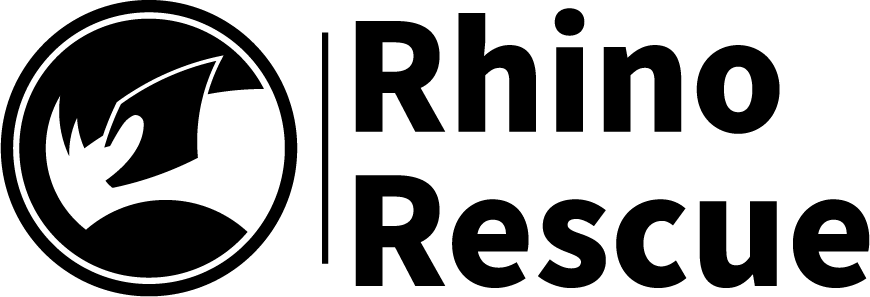
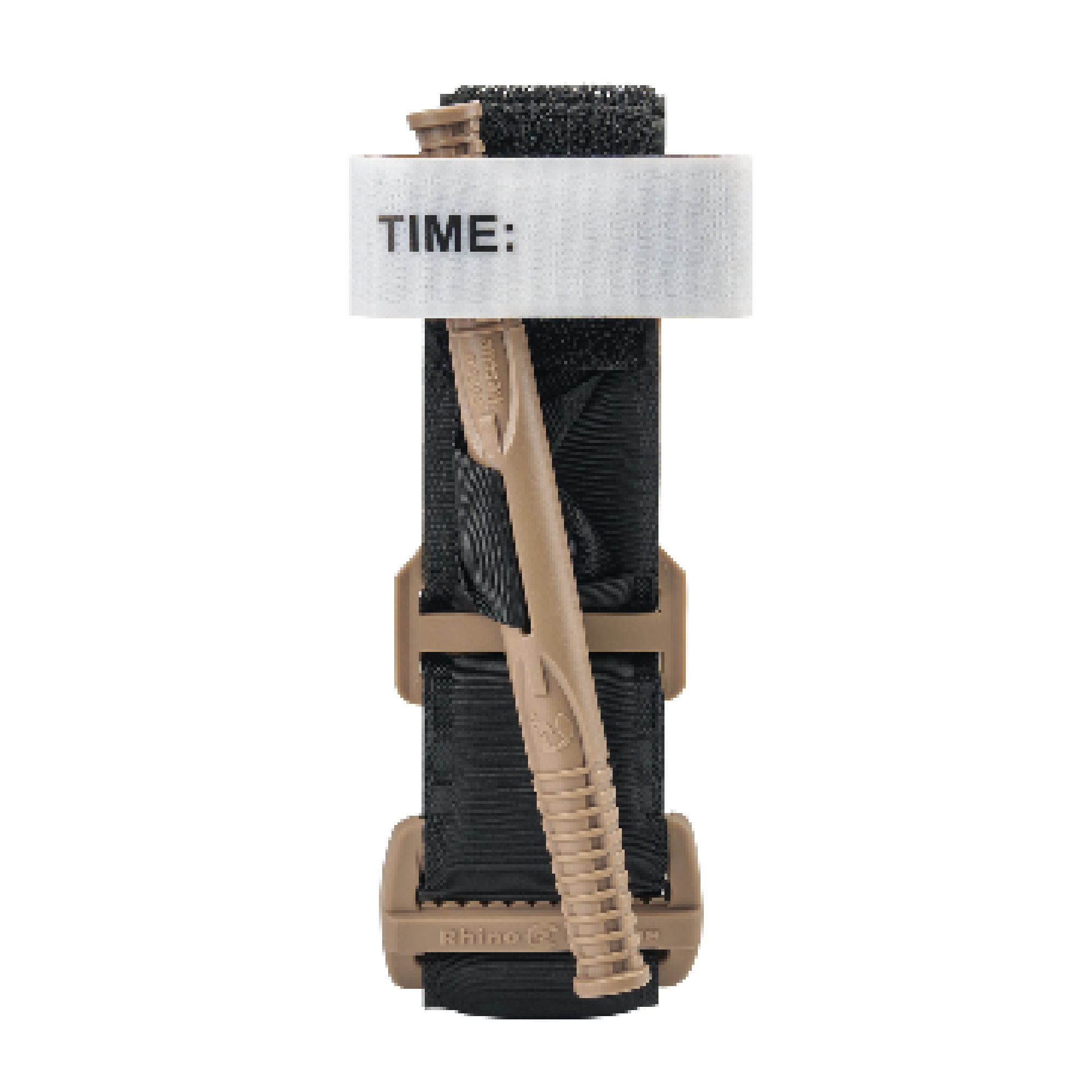
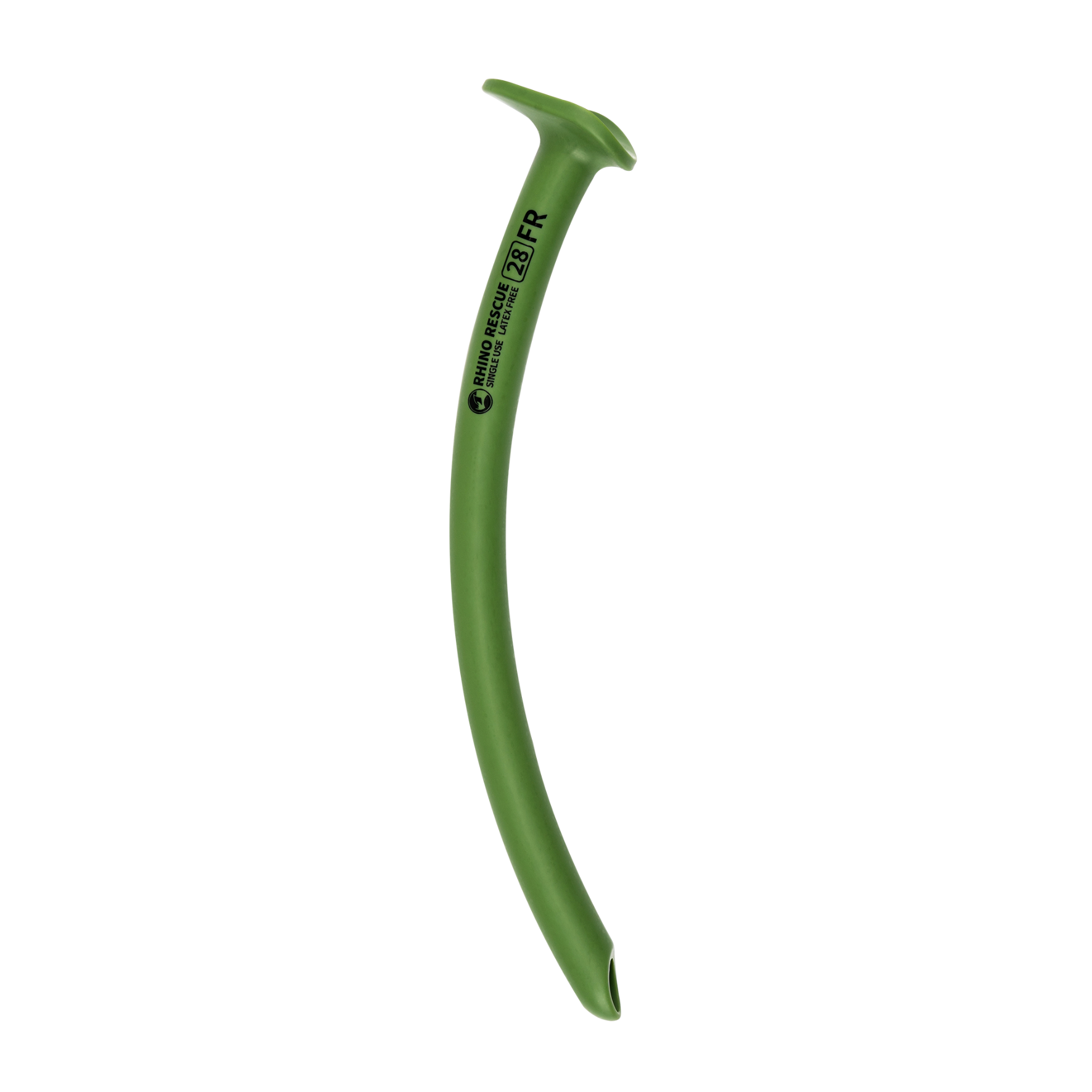
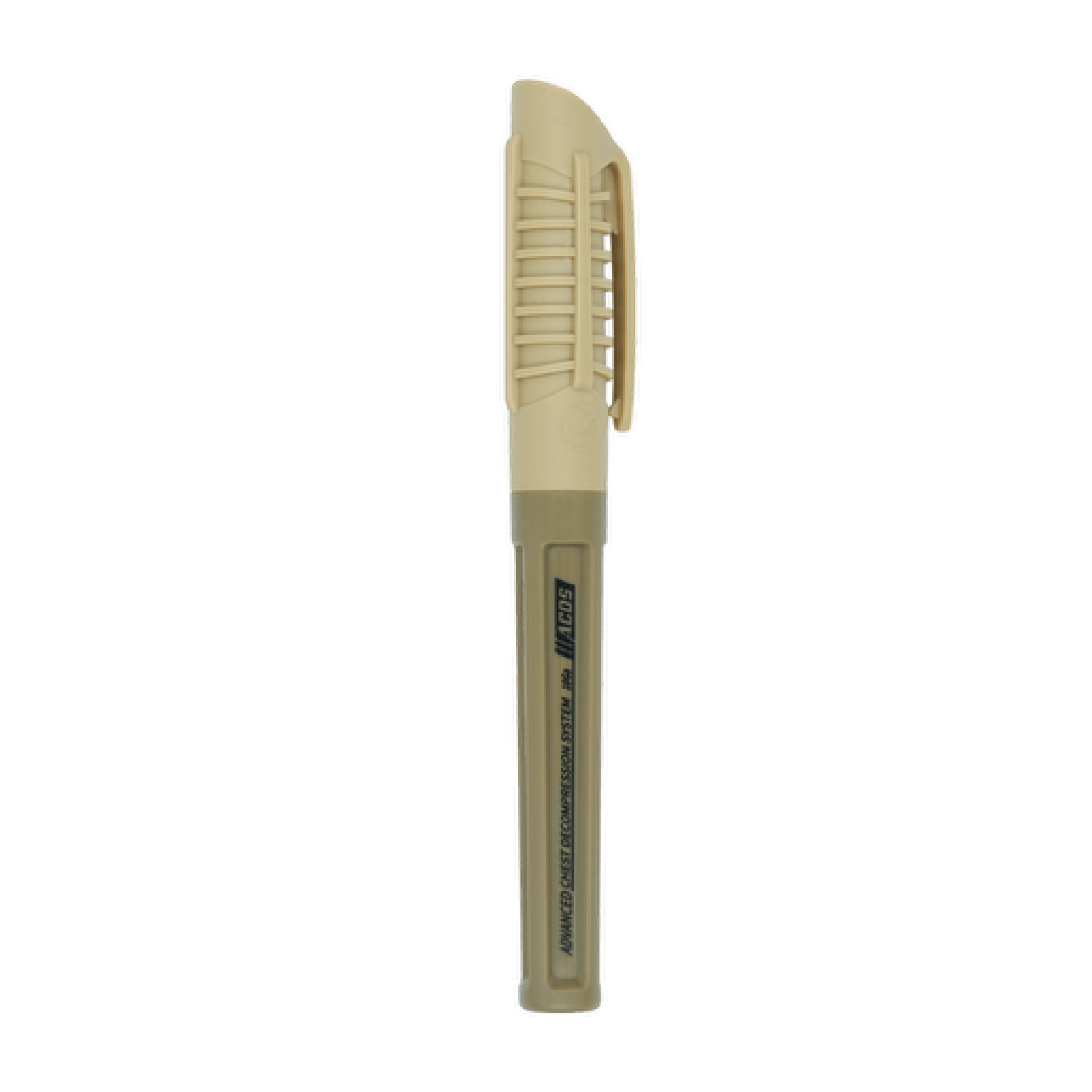
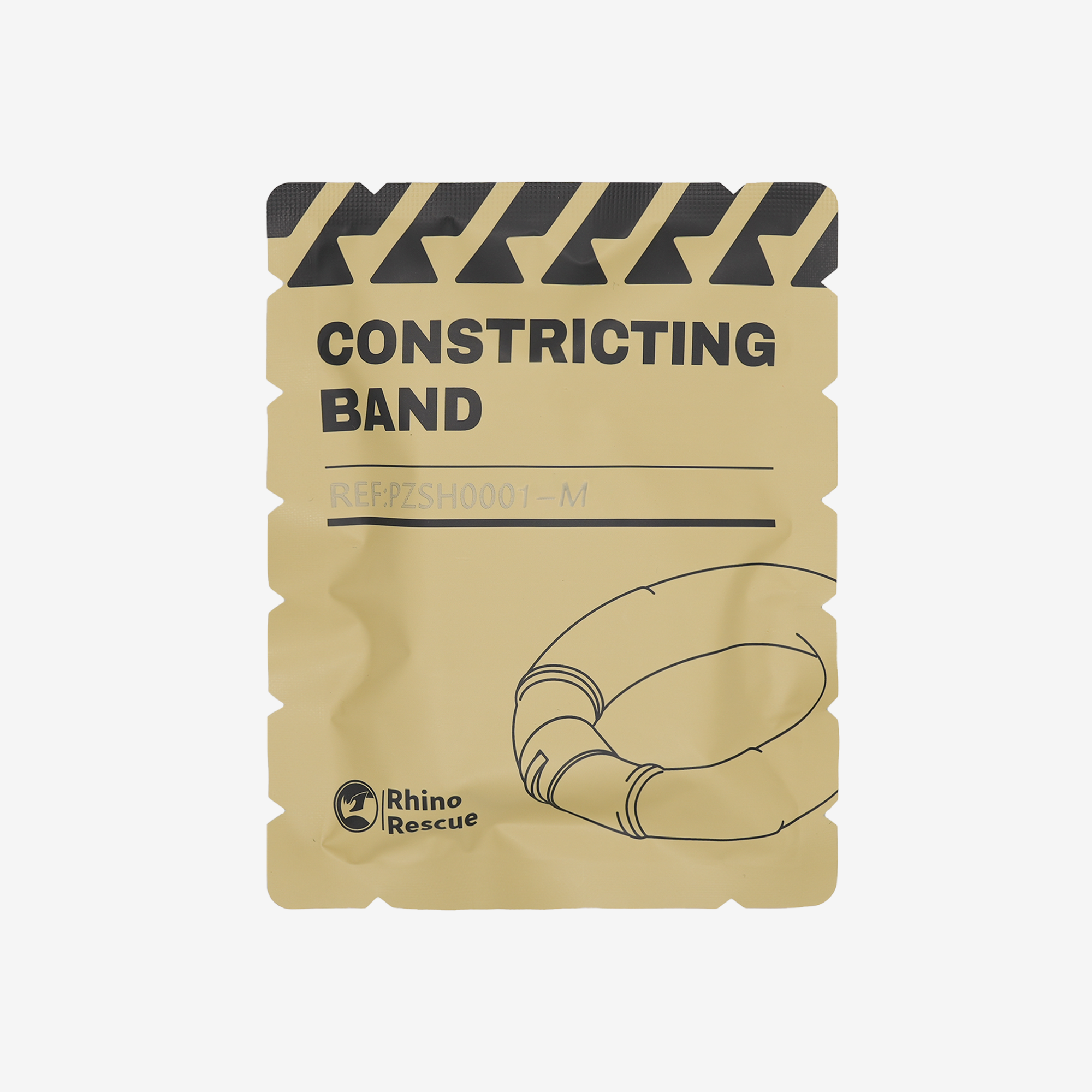
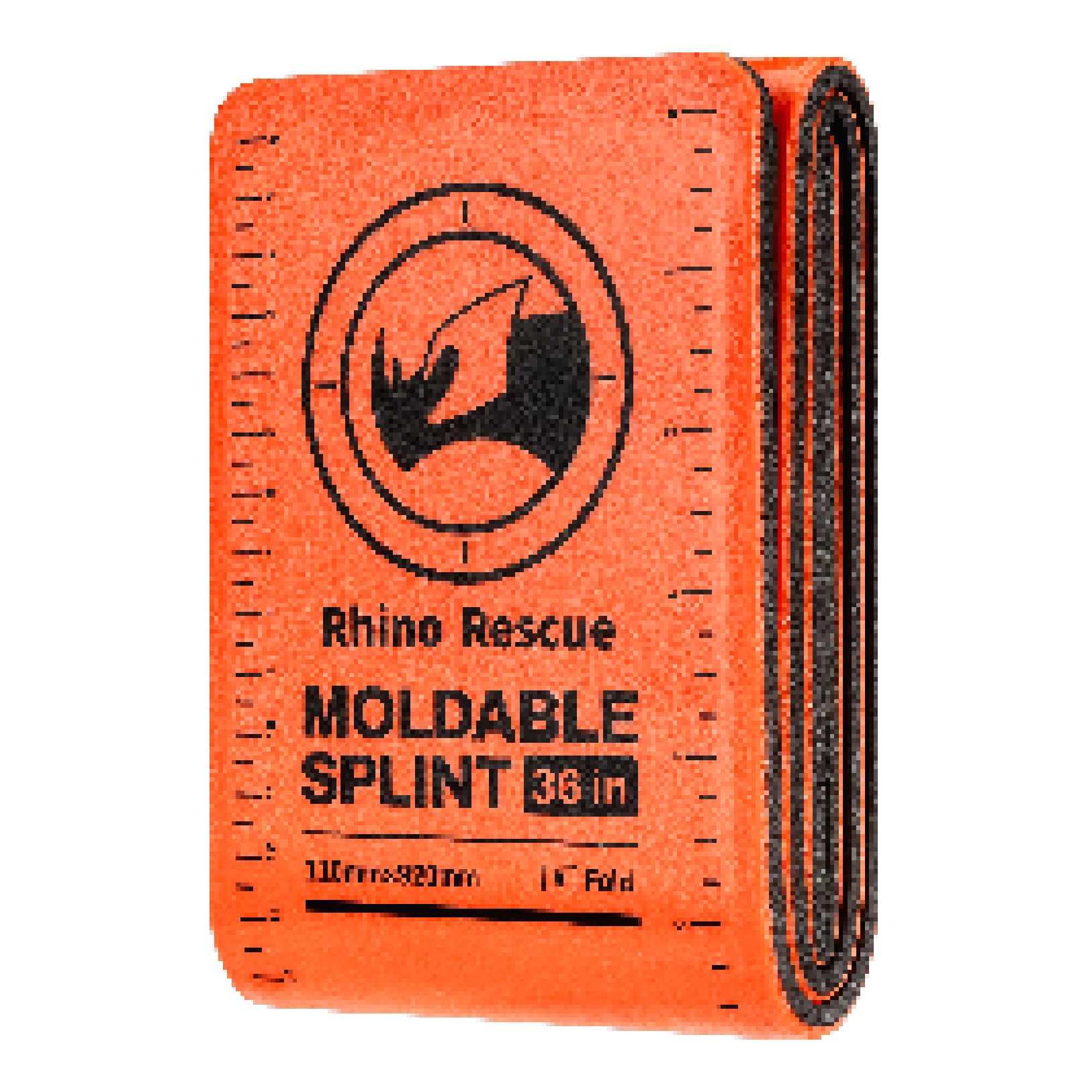
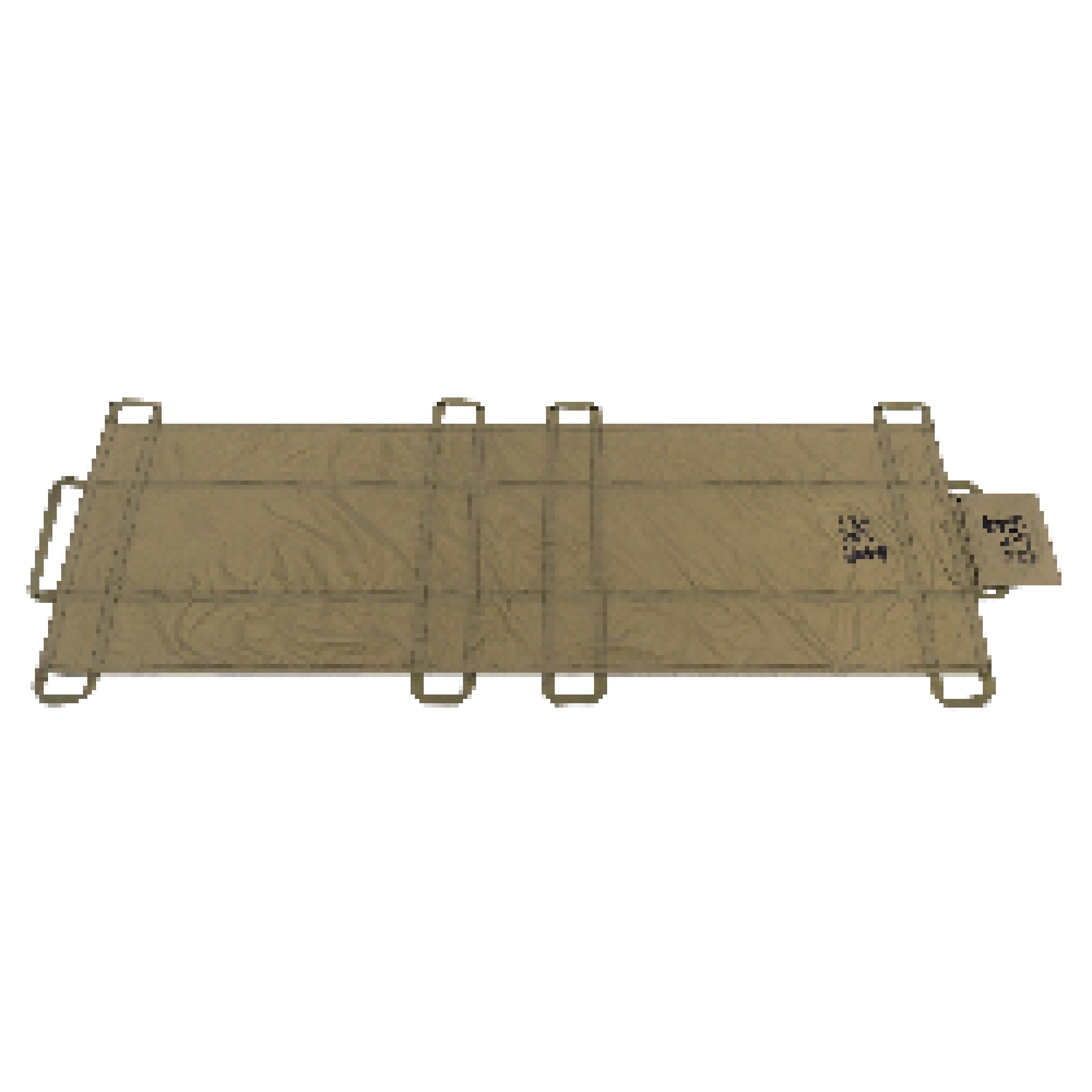
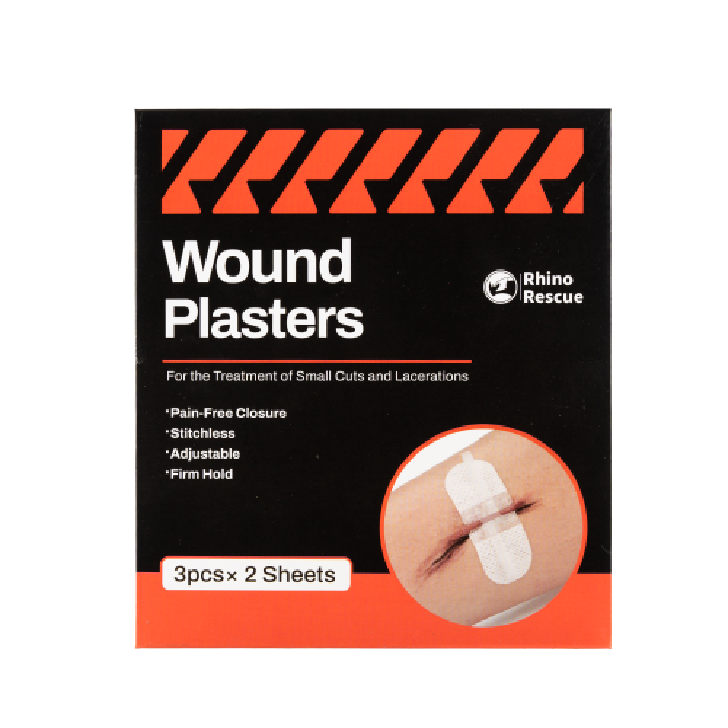
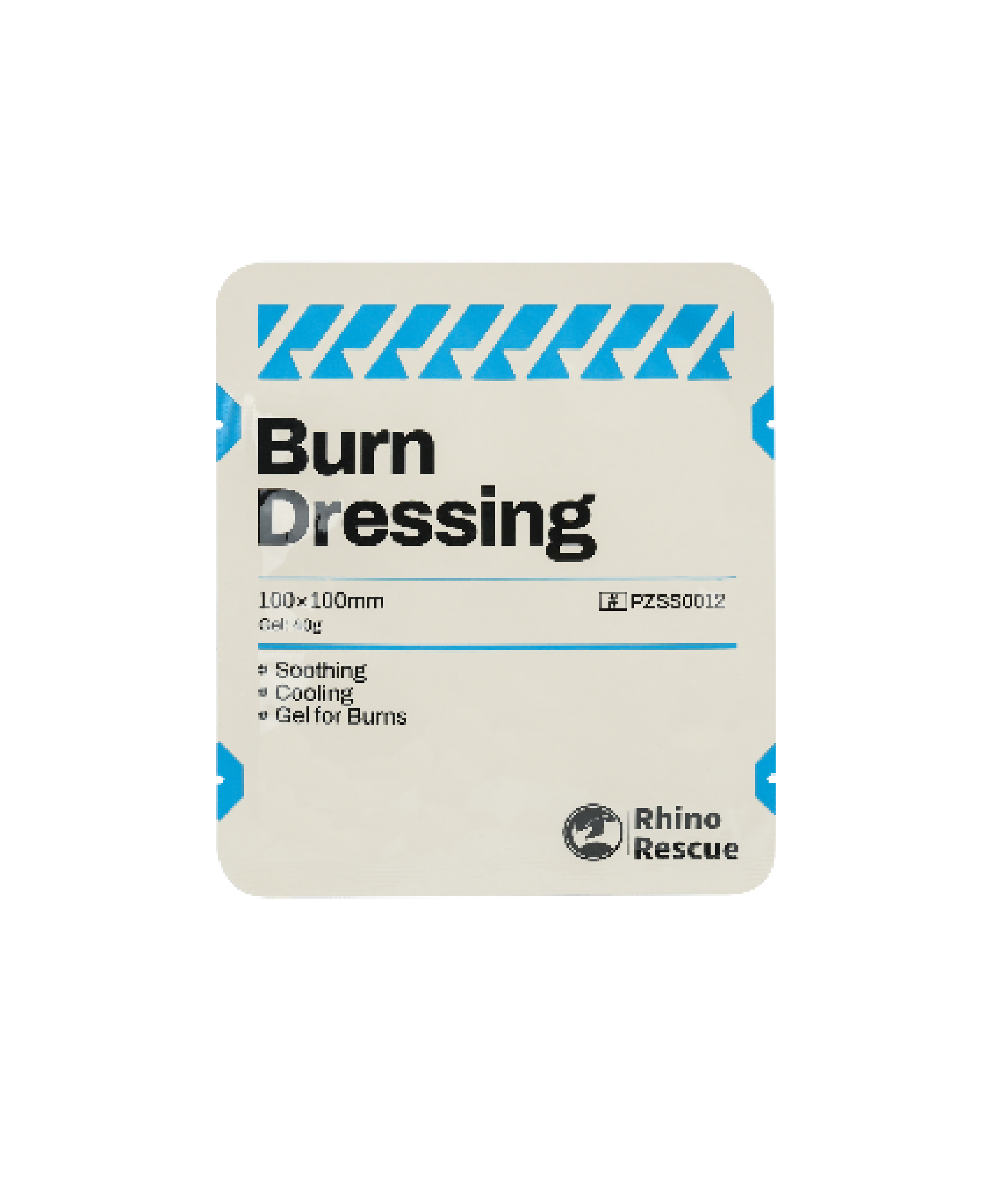
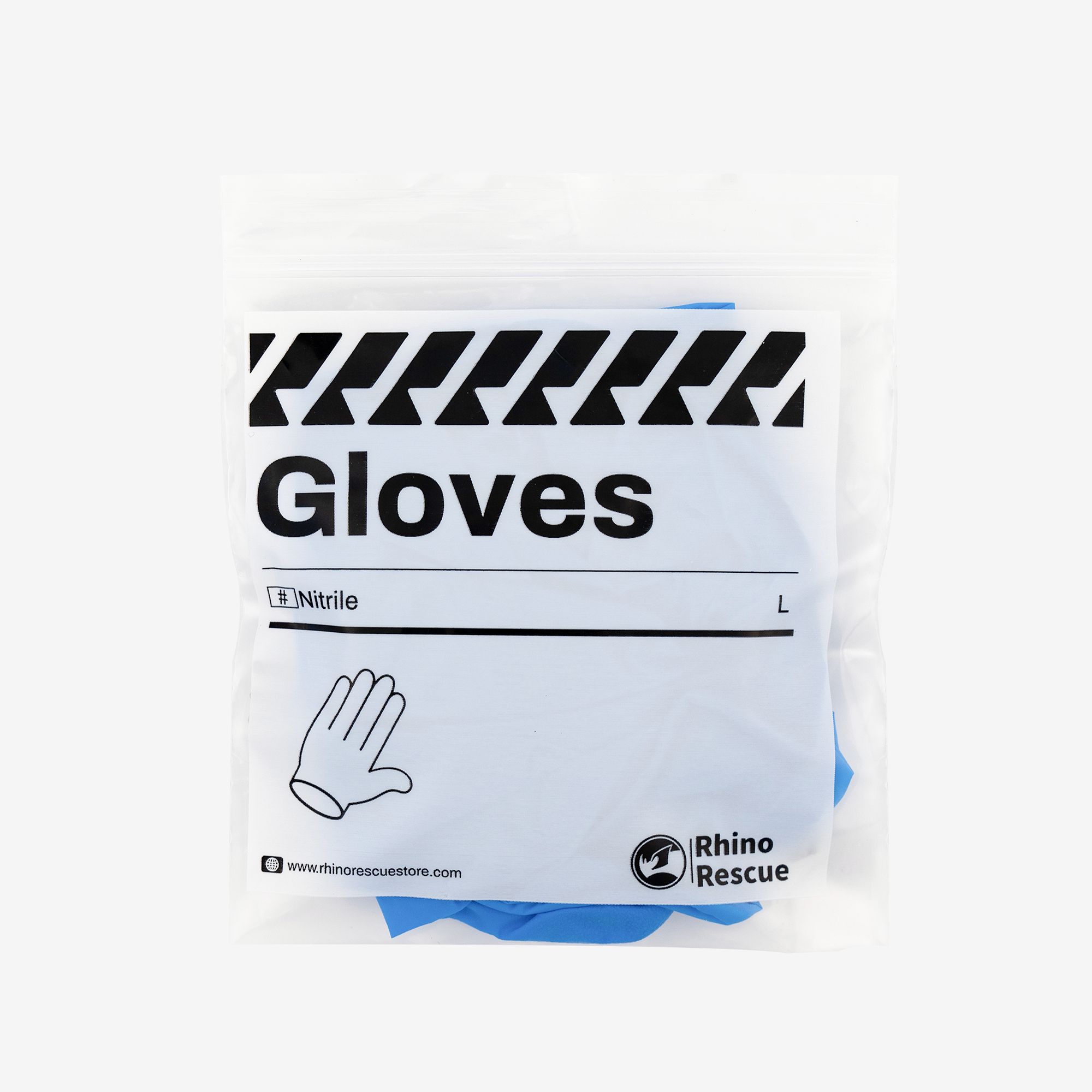
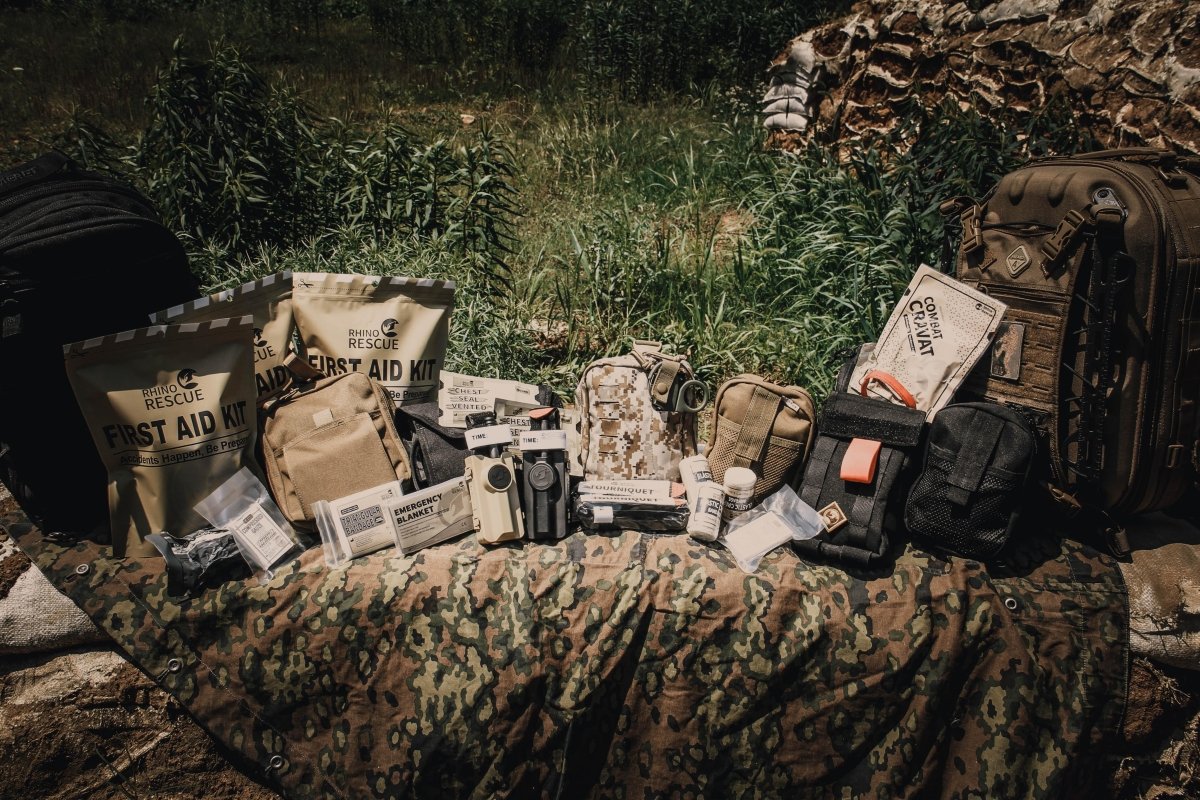











1 thought on “The Best IFAK Guide”
Gabriele Battaglini
contenuto di alta qualita
sono anche io un soccorritore laico volontario italiano ex ufficiale di marina mercantile ed ex- vigile del fuoco
COMPLIMENTI PER TUTTO
CONGRATULAZIONI & GRAZIE